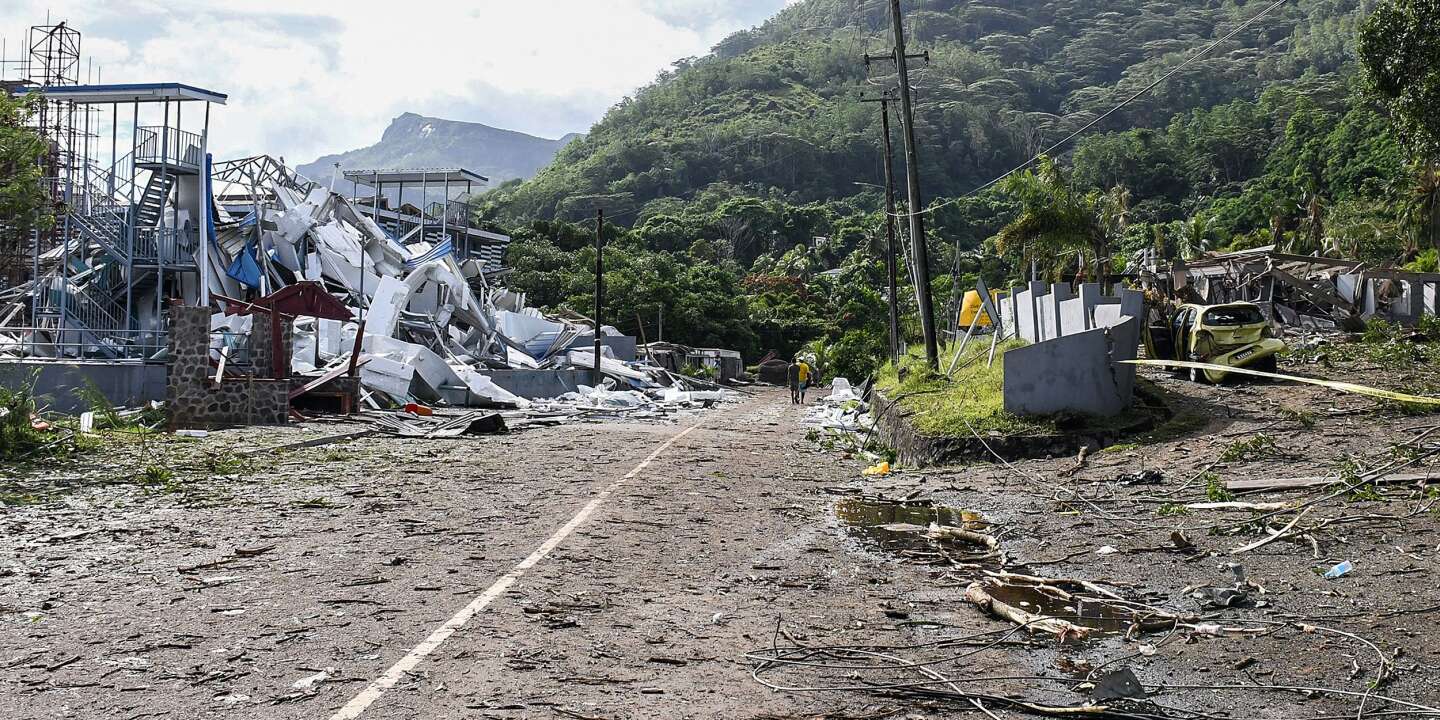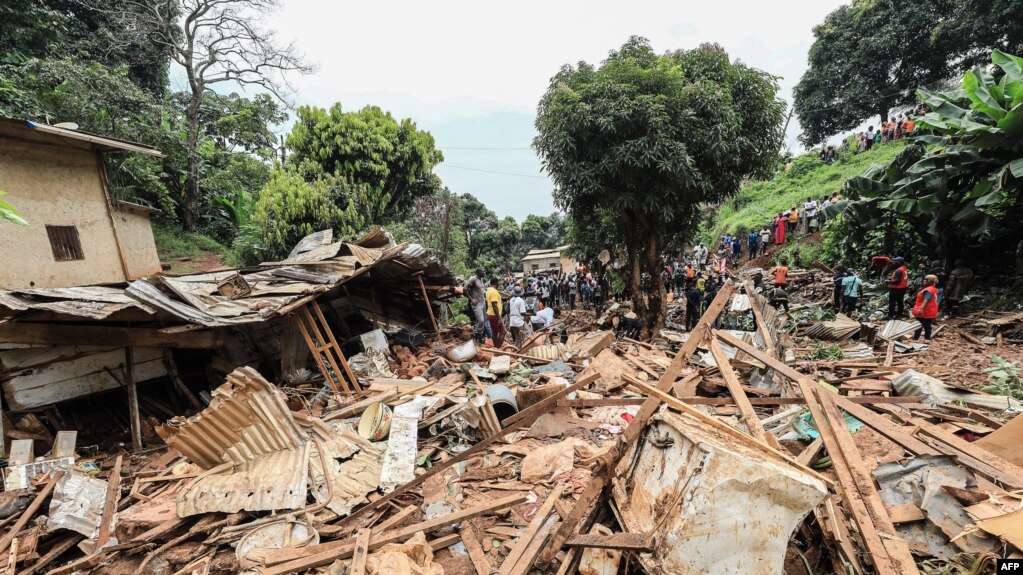Seychelles, a small island nation in the Indian Ocean, declared a state of emergency following a massive blast at an explosives depot, which occurred after deadly flooding hit the country. Three people lost their lives in the flooding, according to the president.
The explosion took place in the industrial area of Providence, located around 7 kilometres southeast of the capital, Victoria, on the main island of Mahe. Over 100 individuals were injured, and buildings were destroyed while trees were flattened in the vicinity. The blast was followed by heavy rain and flooding that affected the northern part of Mahe, causing flooding, washed-out roads, and landslides.
President Wavel Ramkalawan announced the state of emergency, ordering the closure of schools and instructing people to stay at home to allow emergency services and essential workers to carry out their duties. The blast resulted in massive damage, while the floods caused major destruction.
Ramkalawan later confirmed that three people died due to the heavy rain and flooding, and 125 individuals sustained injuries from the blast. Many buildings were partially or completely destroyed, leaving a large crater. Families have been forced to evacuate their homes due to safety concerns.
The president expressed shock at the aftermath of the incident, describing it as akin to a war zone. An investigation will be conducted to determine if the construction company housing the explosives followed proper storage precautions.
While the international airport and ferry services between islands continue to operate, allowing essential travel during the state of emergency, Seychelles’ tourism industry, a major economic sector, may be impacted. The country is known for its natural beauty and is located off the east coast of Africa.
Flooding and heavy rainfall have affected several countries in the East African region, leading to loss of life and displacement of millions of people. Ethiopia, Kenya, Somalia, and South Sudan have all experienced severe floods exacerbated by the El Niño phenomenon. The death toll in the region has surpassed 130 individuals.





